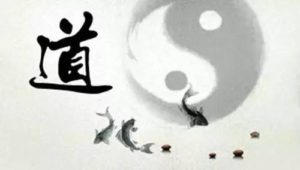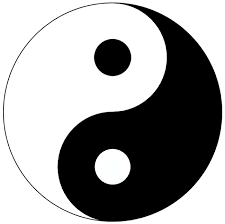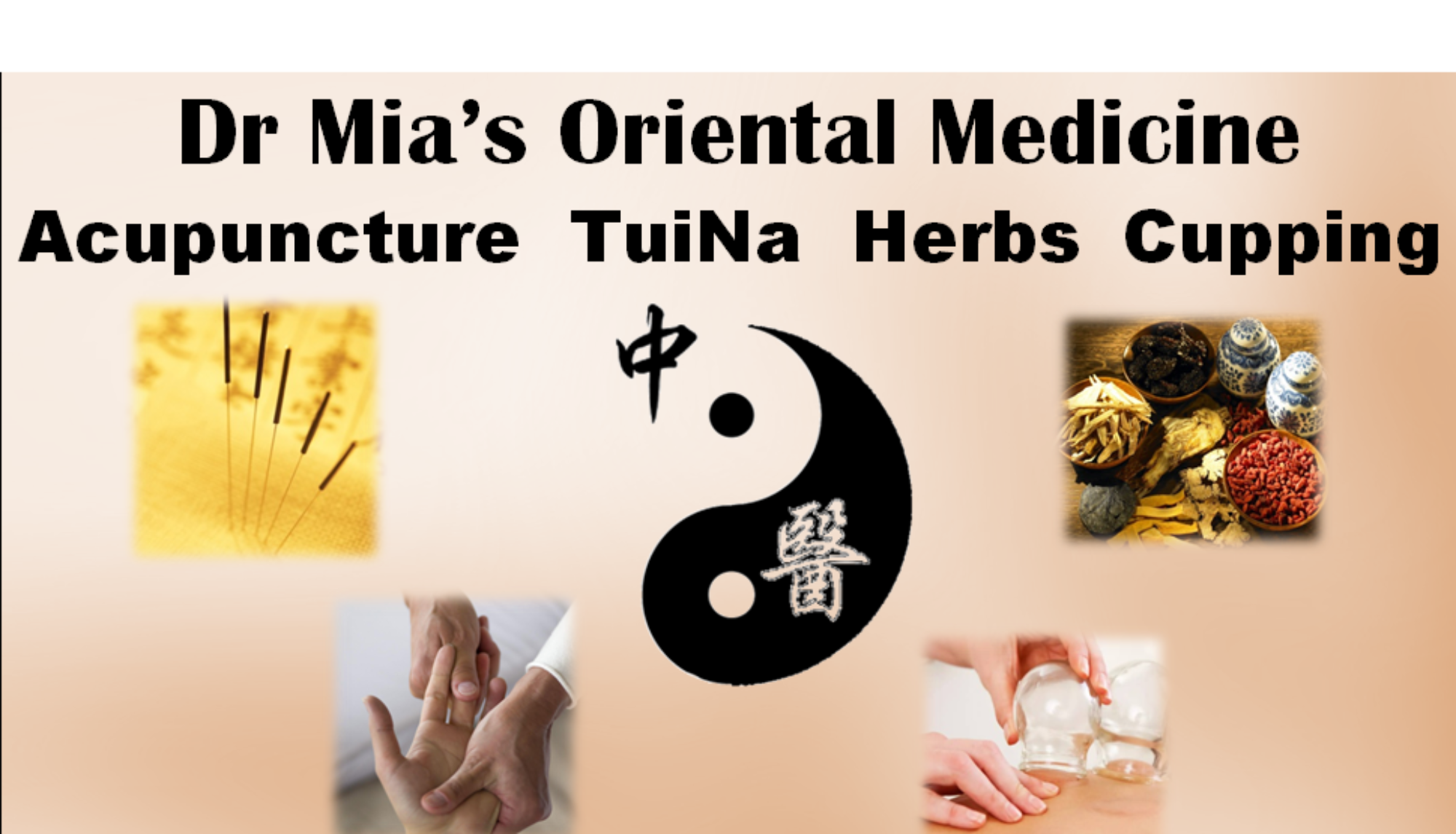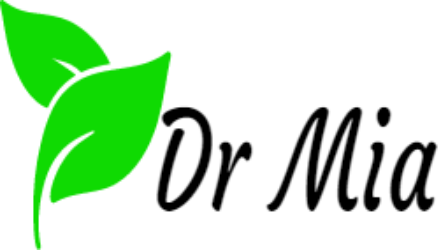Dao and Yin Yang Theory

Dao can be explained into a route of the truth in Chinese Dao school. The Chinese ancestors observed the universe and inducted the Dao and Yin-Yang theory to explain the truth of life and the Universe. Dao is the complete whole of Yin and Yang. Which means everything in the universe contains Yin and Yang, and only when Yin and Yang balanced and harmonized, everything in the universe will exist as the state of perfection and wellness.

The early theory of yin-yang was formed thousands and thousands years ago in Ancient China. The term yin-yang first appeared in The Book of Changes, “Yin and yang reflect all the forms and characteristics existing in the universe. Up to the Spring and Autumn Period (770-476 B.C.) and the Warring States Period the application of the theory of yin-yang had been deeply rooted in all schools of thought. It was pointed out in the book “Plain Question of the Yellow emperor classic”: “Yin and yang are the laws of heaven and earth, the great frame- work of everything, the parents of change, the root and beginning of life and death…. This quote expresses the idea that all natural events and states of being are rooted in yin and yang.
Yin and Yang may look like the two opposition, but they are coexisting, corresponding and corestraining. They can’t survive without each other, there generate and control each other. In Oriental Medicine, physiology and pathology of the human body state “ The Functions of Yin is the material baais for yang, and Yang is the functional manifestation of yin.” “An excess of yang implies a deficiency of yin and vice versa.” But in the chronic conditions, a deficiency of one aspect does not always cause an excess of the opposite aspect. In extremely chronic conditions there is usually a deficiency of yin and yang, It is almost impossible to see a case of an excess simultaneously of both yin and yang. In the case of deficiency of both yin and yang, to tonify either aspect will benefit the opposite aspect. Yin and Yang need to be balanced, otherwise sickness will occur.

The Philosophical Foundations of Dao and Yin-Yang Theory in Traditional Chinese Medicine
Traditional Chinese Medicine (TCM) is deeply rooted in ancient Chinese philosophy, particularly the concepts of Dao (the Way) and Yin-Yang theory. These principles form the theoretical framework for understanding health, disease, and therapeutic interventions in TCM.
1. The Concept of Dao in TCM
The Dao, originating from Daoist philosophy, represents the fundamental natural order of the universe. It is the underlying principle that governs all existence, emphasizing harmony, balance, and spontaneous flow. In TCM, health is viewed as a state of alignment with the Dao, where the body’s physiological functions—such as the circulation of Qi (vital energy), blood, and the interactions between organs—operate in a balanced and unobstructed manner. Conversely, disease arises from disruptions in this natural order, whether due to internal imbalances (e.g., emotional stress, dietary irregularities) or external influences (e.g., climatic pathogens). Thus, TCM treatment seeks to restore the body’s harmony with the Dao by correcting these imbalances.
2. Yin-Yang Theory: The Dynamic Balance of Opposites
Yin-Yang theory is a central paradigm in TCM, describing the interdependent and complementary nature of opposing forces. Yin and Yang are not static entities but rather dynamic and relative concepts that define all aspects of life, from physiological functions to pathological changes.
- Yin represents qualities such as coolness, stillness, substance, and inward motion. It is associated with the material aspects of the body, including blood, body fluids, and the nourishing functions of the organs.
- Yang embodies warmth, activity, function, and outward motion. It governs metabolic processes, movement, and the transformative functions of the body.
Core Principles of Yin-Yang in TCM:
- Interdependence – Yin and Yang cannot exist without each other. For example, blood (Yin) provides nourishment for Qi (Yang), while Qi (Yang) circulates and animates blood (Yin).
- Mutual Consumption and Regulation – An excess of one will lead to a deficiency of the other. For instance, excessive Yang (heat) can deplete Yin (fluids), leading to symptoms like night sweats or dry mouth.
- Dynamic Equilibrium – Health is maintained through a constantly shifting yet harmonious balance between Yin and Yang.
- Intertransformation – Under certain conditions, Yin and Yang can transform into each other. For example, prolonged cold (Yin) may generate internal heat (Yang), as seen in certain chronic inflammatory conditions.
3. Clinical Applications in TCM
The principles of Dao and Yin-Yang guide TCM diagnosis and treatment:
- Diagnosis: Physicians assess symptoms to determine whether a condition stems from Yin deficiency (e.g., dryness, night sweats), Yang deficiency (e.g., cold limbs, fatigue), or an imbalance between the two.
- Treatment Strategies:
- Herbal Medicine: Cooling herbs (e.g., mint, rehmannia) are used to clear excess Yang heat, while warming herbs (e.g., ginger, cinnamon) supplement Yang in cases of cold syndromes.
- Acupuncture: Adjusts the flow of Qi to rebalance Yin and Yang in specific meridians.
- Diet and Lifestyle: Recommendations are tailored to maintain equilibrium—warming foods (Yang) for cold conditions, cooling foods (Yin) for heat syndromes.
4. The Integration of Dao and Yin-Yang in TCM
The Dao represents the ultimate harmony that TCM strives to achieve, while Yin-Yang theory provides the mechanism for understanding and restoring balance. Together, they emphasize that health is not merely the absence of disease but a dynamic state of resilience and adaptability in accordance with natural laws.
Conclusion
Dao and Yin-Yang theory are the philosophical pillars of TCM, shaping its holistic approach to health. By recognizing the body as a microcosm of natural forces, TCM seeks to align human physiology with the Dao through the careful regulation of Yin and Yang. This framework not only informs clinical practice but also underscores the profound connection between humans and the natural world.

